
Ingredient
Poultry fat tissue
The Flavorful Essence: Poultry Fat Tissue
Poultry fat tissue is a yellowish or off-white solid fat with a smooth and creamy texture. It has a distinct poultry flavor, with a rich and savory taste. Poultry fat tissue is rendered from the fatty tissues of poultry, such as chicken or duck, and is commonly used in cooking to enhance the flavor of dishes.
Origins and history
The use of poultry fat tissue in cooking can be traced back to ancient times. It has been a staple ingredient in many traditional cuisines, adding flavor and richness to dishes. Poultry fat tissue was highly valued for its ability to improve the taste and texture of food, especially in Jewish and Eastern European cooking.
Nutritional information
Poultry fat tissue is primarily composed of saturated fats and contains a high concentration of calories. It is also a good source of vitamin E and provides small amounts of other vitamins and minerals. However, due to its high fat content, it should be consumed in moderation as part of a balanced diet.
Allergens
Poultry fat tissue may cause allergic reactions in individuals with poultry allergies. It is important to note that poultry fat tissue is high in saturated fats, which may not be suitable for individuals with certain dietary restrictions or health conditions.
How to select
When selecting poultry fat tissue, look for a fresh and unopened container with a well-sealed lid. Check the expiration date to ensure freshness. Opt for high-quality poultry fat tissue from reputable sources, preferably organic or free-range, to ensure the best flavor and quality.
Storage recommendations
To maintain the freshness and quality of poultry fat tissue, it should be stored in an airtight container in the refrigerator. It can also be frozen for longer storage. Keep the fat away from strong-smelling foods to prevent absorption of odors. Discard any poultry fat tissue that has an off smell or shows signs of spoilage.
How to produce
Producing poultry fat tissue involves rendering the fatty tissues of poultry, such as chicken or duck. This process requires expertise and specialized equipment to extract the fat and remove impurities. It is best left to professional butchers or processors with the necessary knowledge and facilities.
Preparation tips
Poultry fat tissue can be used in various cooking techniques and applications. It is commonly used for frying or sautéing to add flavor and richness to dishes. Poultry fat tissue can also be used as a substitute for butter or oil in recipes, providing a unique poultry flavor. Additionally, it can be used to make schmaltz, a traditional Jewish cooking fat.
Substitutions
Poultry fat tissue can be substituted with other types of fats, such as butter, lard, or vegetable oils, depending on the desired flavor and texture. However, the substitution may alter the taste of the dish, so adjustments may be needed. It is important to consider any dietary restrictions or allergies when choosing a substitute.
Culinary uses
Poultry fat tissue is commonly used in traditional cooking, especially in Jewish and Eastern European cuisines. It is used to flavor dishes like matzo ball soup, latkes, and chopped liver. Poultry fat tissue is also a key ingredient in traditional dishes like confit and rillettes. Additionally, it can be used to make flavorful gravies, sauces, and dressings.
Availability
Poultry fat tissue is commonly available in most grocery stores and supermarkets, especially in regions where poultry is consumed. It can also be found in specialty markets or butcher shops that offer a wide range of poultry products.
More ingredients from this category

Ratites fresh fat tissue
The Unique Fat of Ratites

Turkey, fresh fat tissue
The Flavorful Fat: Exploring the Culinary Potential of Fresh Turkey Fat Tissue
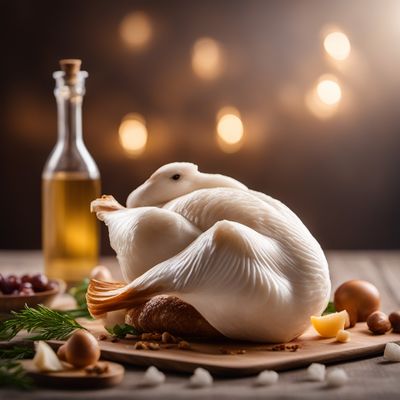
Goose, fresh fat tissue
The Buttery Delight

Chicken, fresh fat tissue
The Golden Treasure: Fresh Chicken Fat Tissue

Duck, fresh fat tissue
The Rich Delicacy of Duck Fat
Recipes using Poultry fat tissue » Browse all

Fresh Spring Rolls with Marinated Beef
Vietnamese Delight: Beef-Filled Fresh Spring Rolls
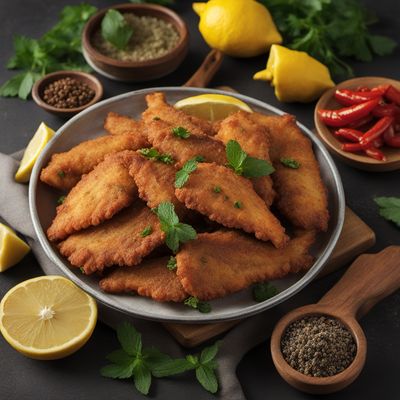
Kurdish-style Mixed Fried Fish
Crispy Delights from the Kurdish Sea
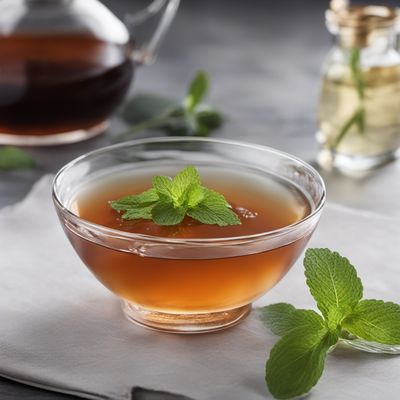
Bêtise de Cambrai Delight
French Sweet Delight: Bêtise de Cambrai

Bêtise de Cambrai with a Timorese Twist
Timorese Delight: A Fusion of French and East Timor Flavors
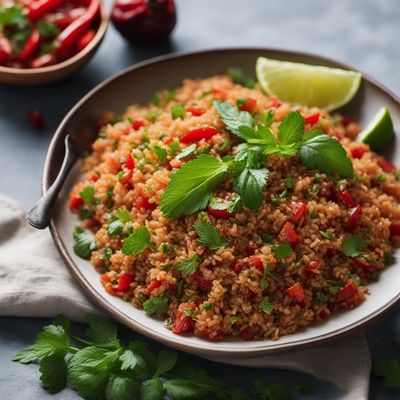
Turkish Bulgur Salad with Fresh Herbs
Zesty Herb-infused Turkish Bulgur Salad
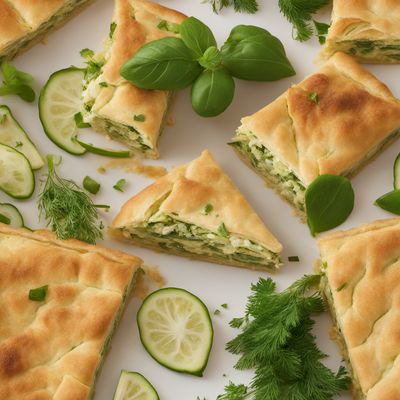
Savory Zucchini Pie
Mediterranean Delight: Savory Zucchini Pie

Greek Spinach and Feta Pie
Mediterranean Delight: Savory Greek Spinach and Feta Pie

Tutmaç Çorbası - Turkish Tomato and Noodle Soup
Savor the Comfort: Turkish Tomato and Noodle Soup

Oriental-inspired Romanian Salad
Exotic Fusion: Oriental-Inspired Romanian Salad

Catalan Esqueixada with a Twist
Mediterranean Delight: Refreshing Catalan Esqueixada Salad

Homemade Spinach and Feta Su Böreği
Delicate Layers of Spinach and Feta in Turkish Su Böreği
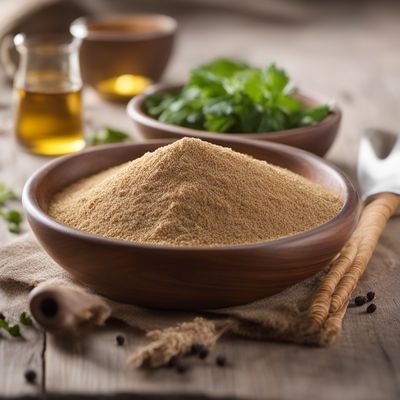
Aish Merahrah with a Twist
Savory Egyptian Bread with a Flavorful Twist